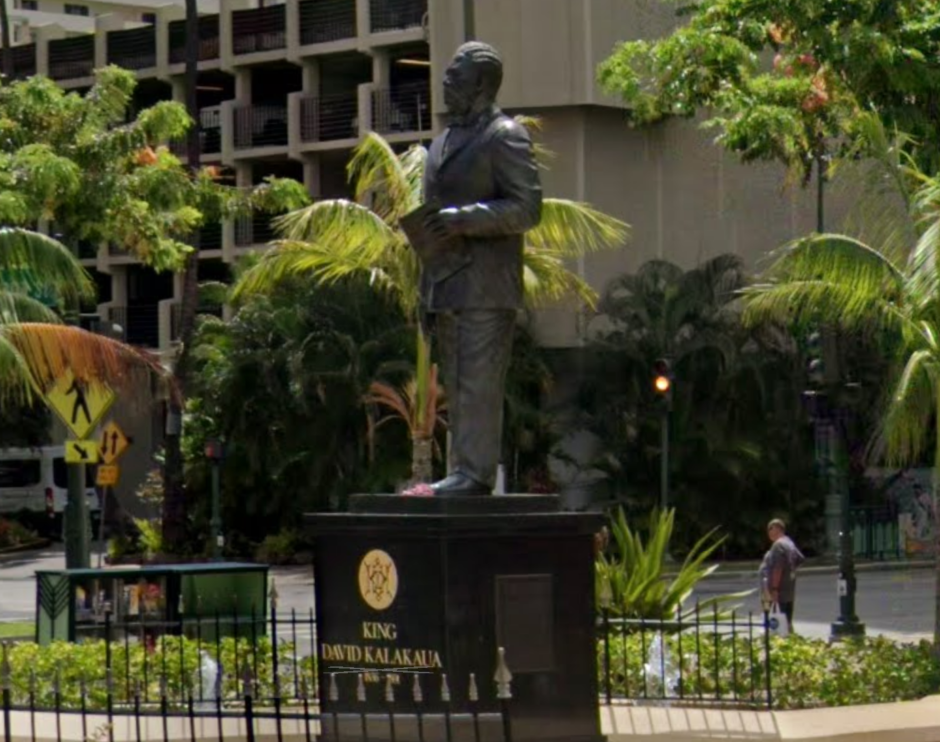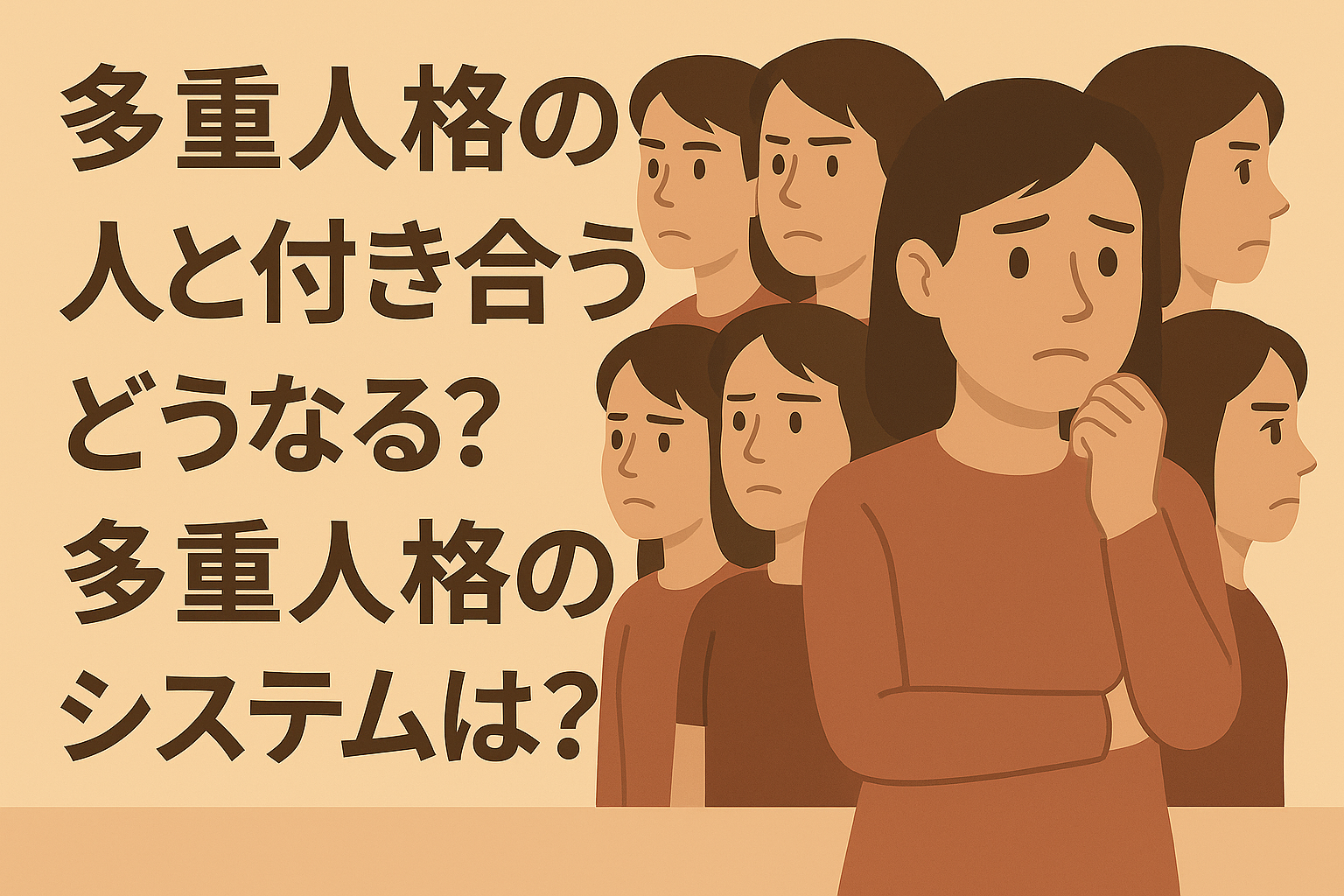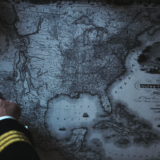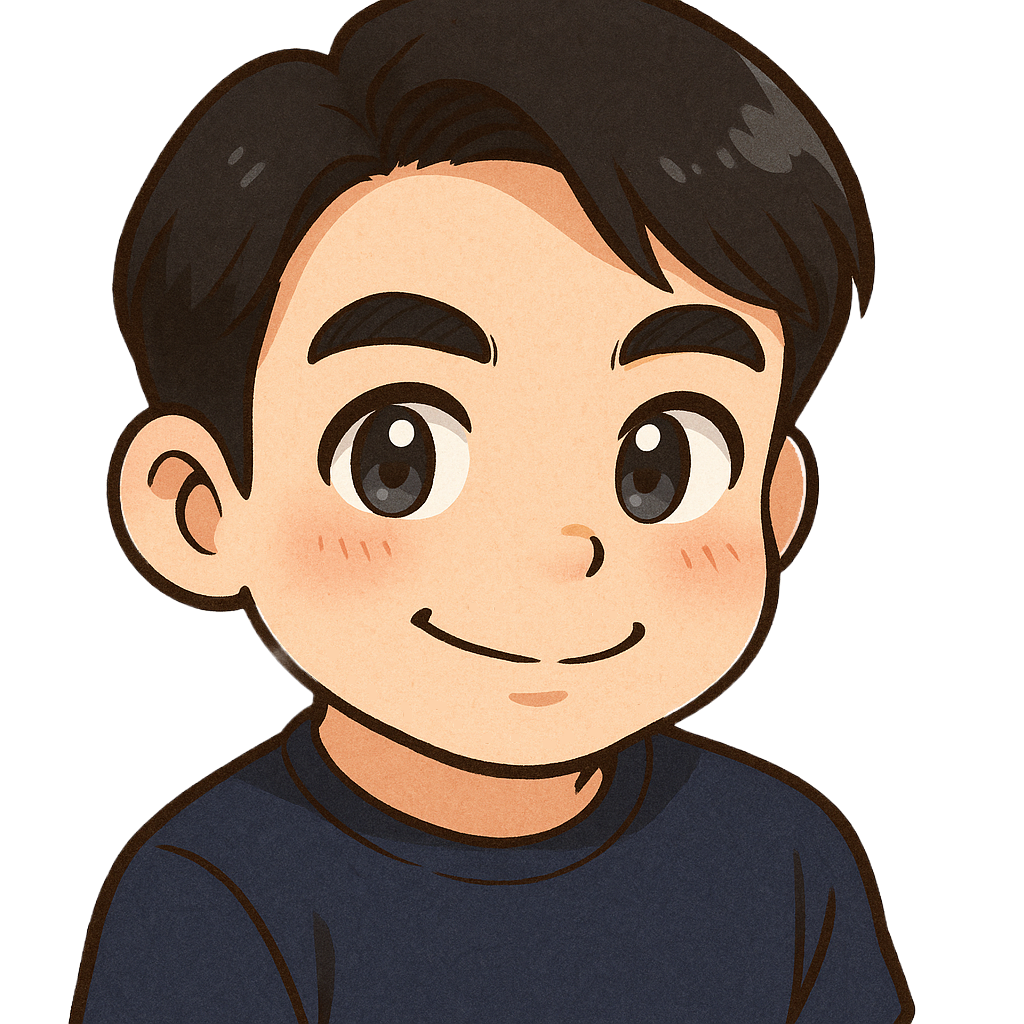
なおえもん
Hi there.I’m Naoemon.
He was a man who resolutely challenged the U.S. to take control of Hawaii when it was once a kingdom.
In the 19th century, when imperialism was spreading, the U.S. was gradually expanding its control over the Pacific Ocean and was planning to expand into Asia.
The U.S. targeted Hawaii as a base for this expansion.
In Hawaii, Americans controlled the economy and politics, and a military base was established.
Hawaii was overrun by the clever strategy of the Americans.
If this continues, Hawaii will be swallowed up by the United States.
However, there was no way that Hawaii could compete with the great power of the United States.
So Kalakaua came up with a grand plan.
Hawaii would stand in solidarity with the Asian nations suffering from the advance of the powers.
This was his vision of the Hawaii-Asia Alliance.
In order to realize his vision, Kalakaua left Hawaii to negotiate with Asian countries.
Kalakaua’s greatest hope was Japan, which was struggling to revise the unequal treaties with the powers.
When Kalakaua arrived in Japan, he asked for a meeting with Emperor Meiji of Japan and appealed for his cooperation in the union.
Kalakaua hoped that Japan would become an ally of the Hawaiian-Asian alliance against the powers.
Kalakaua even offered to marry a Hawaiian princess to a member of the Japanese royal family.
Unable to find a solution to revise the unequal treaty, Japan was forced to make a decision.
Should Japan continue its endless negotiations?
Or should it go ahead with the Hawaii-Asia Alliance?
This was truly a turning point in history.
もくじ
What was the situation in Hawaii when King Kalakaua left for Asia?
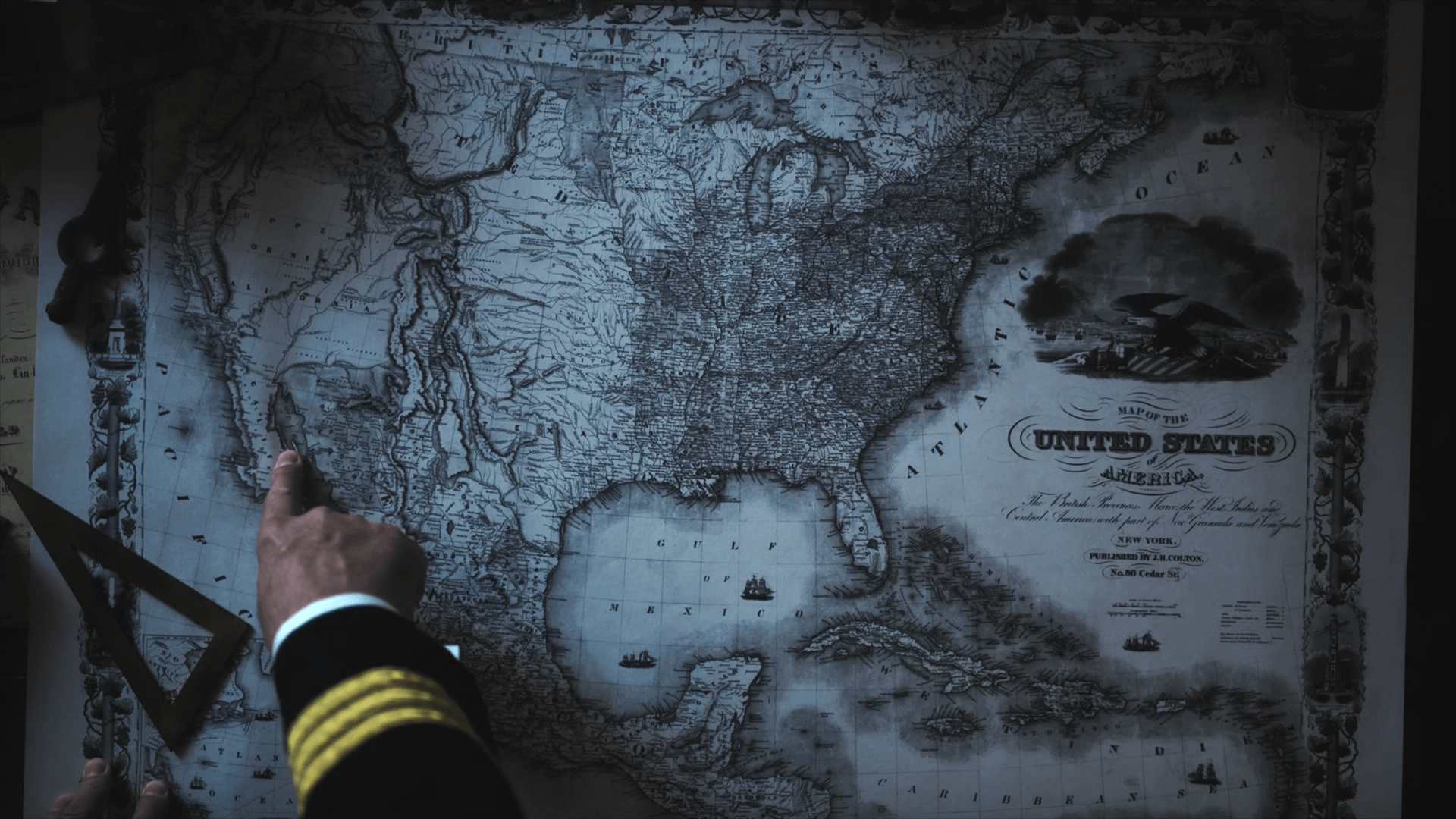
Hawaiian islands in the Pacific Ocean.
Hawaii, currently the 50th state of the United States, is the world’s most famous resort town, with its row of high-rise hotels.
When Hawaii was once isolated in the open ocean, a unique culture was being developed.
People worshiped the god of nature and used the abundant blessings of the sea and mountains as daily food.
However, Hawaii was exposed to the wave of Western expansion into the Pacific in the late 18 century.
After the British man Cook came to Hawaii, explorers and merchants came to Hawaii.
As the 19 century approached, some countries advanced into Hawaii in response to the spread of imperialism around the world.
That’s America.
The United States, which started to develop the western part of the country, went on to actively pursue the Asian market.
It was around this time that the Black Ships led by Perry came to Japan.
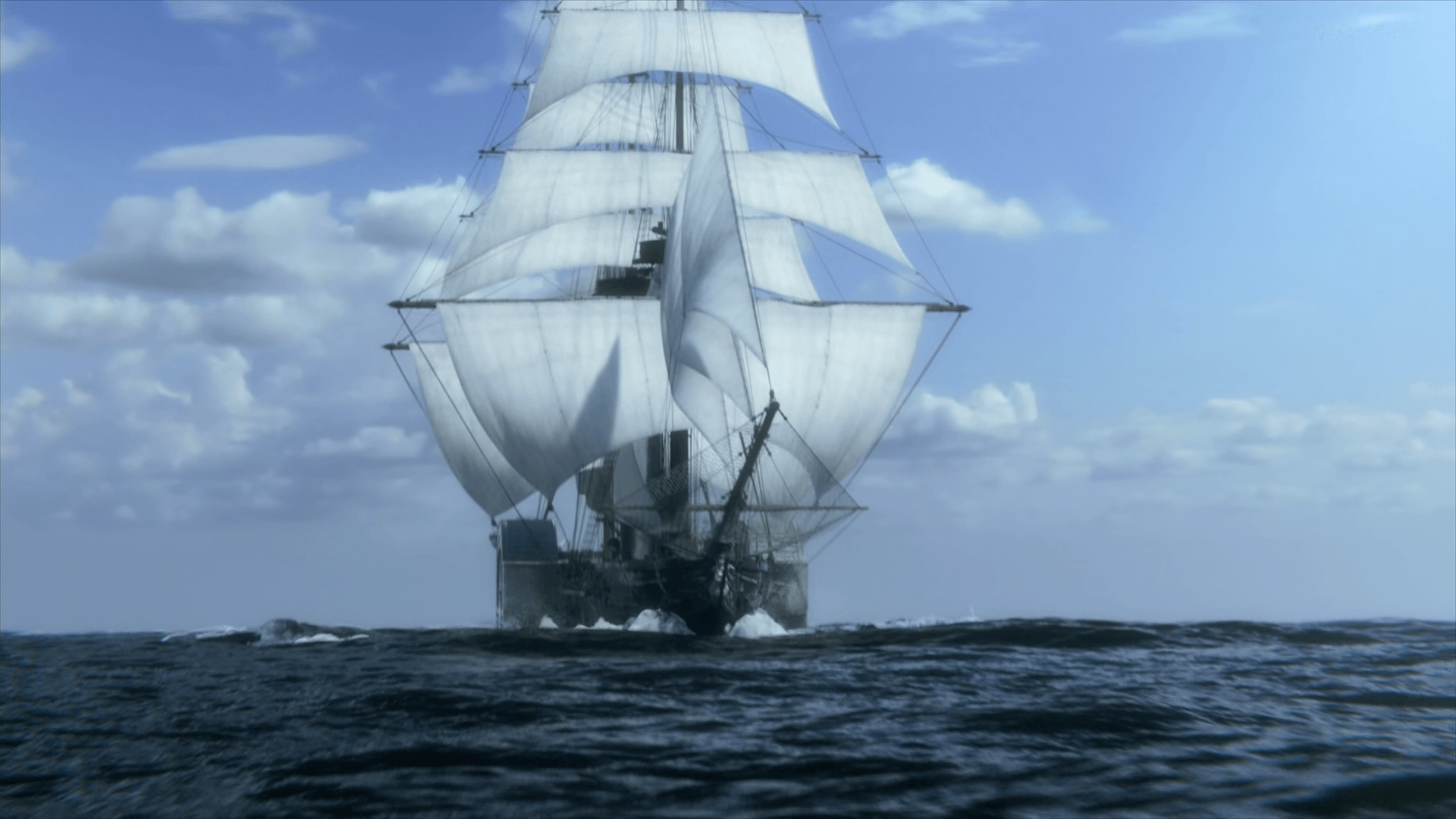
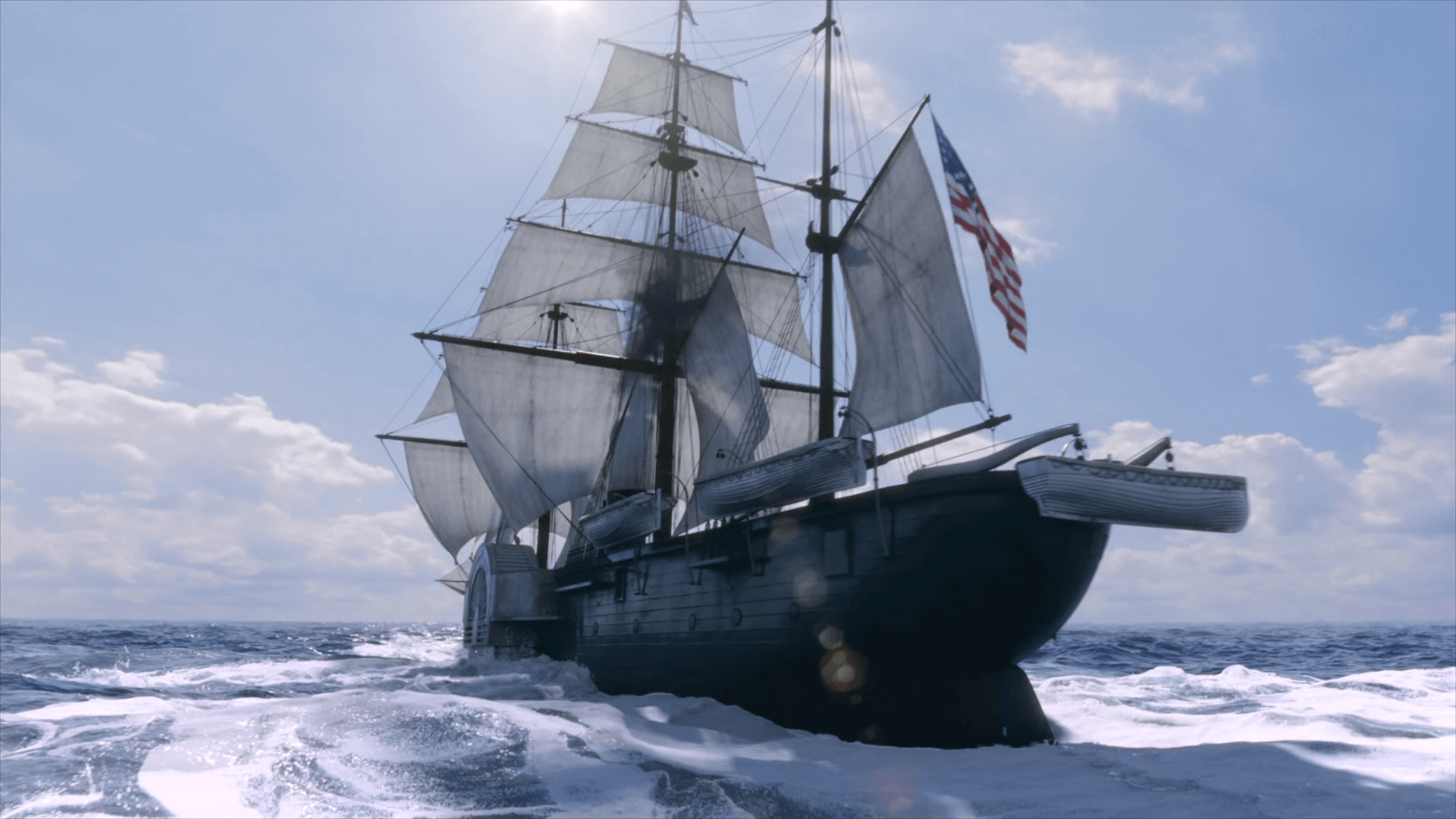 At that time, Asia was a stage where European powers were fighting for their rights.
At that time, Asia was a stage where European powers were fighting for their rights.
Amerikan plans to invade Hawaii
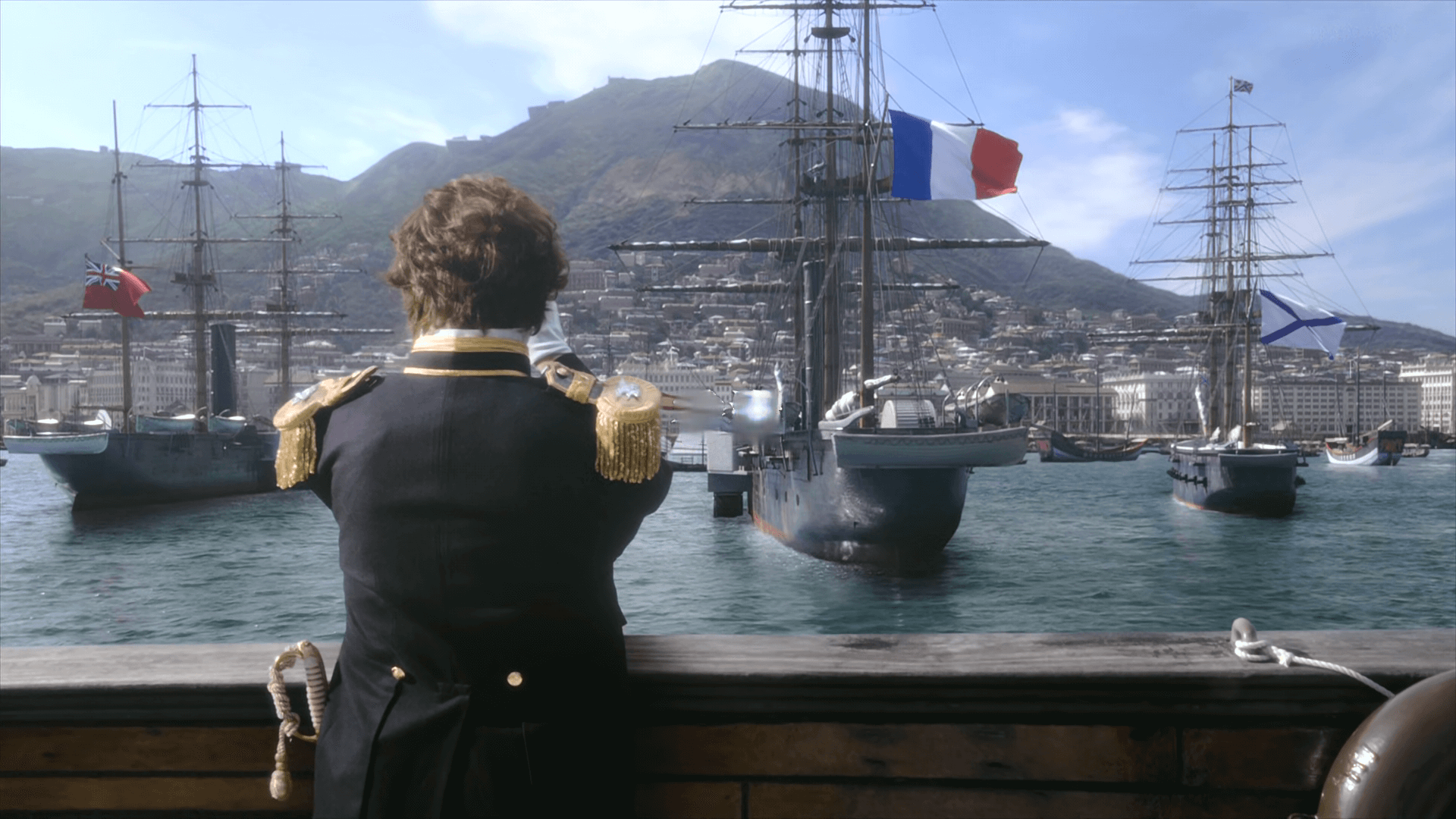 Britain, France and the Netherlands expanded their power to Asia by land.
Britain, France and the Netherlands expanded their power to Asia by land.In contrast, the vast Pacific Ocean stretches in front of the United States as it seeks to reach Asia.
If America wants to influence Asia, it has to build a transit point on the islands.
Hawaii was considered the most important location in the Pacific.
Many of the Americans who came to Hawaii first started by running large sugar cane plantations and accumulating wealth.
Just around this time, a new king was enthroned in Hawaii.
The seventh king, David Kalakaua.
Kalakaua was 37 years old at the time.
From a young age, I was surrounded by American friends and raised with a Western education.
American capitalists who came to Hawaii as they awaited the inauguration of the new king recommend the conclusion of a trade treaty with their country.
“By exempting all customs duties on Hawaii’s exports to the U.S., sugar cane exports will be promoted and Hawaii will also benefit.” they advised Kalakaua.
Kalakaua signed the treaty.
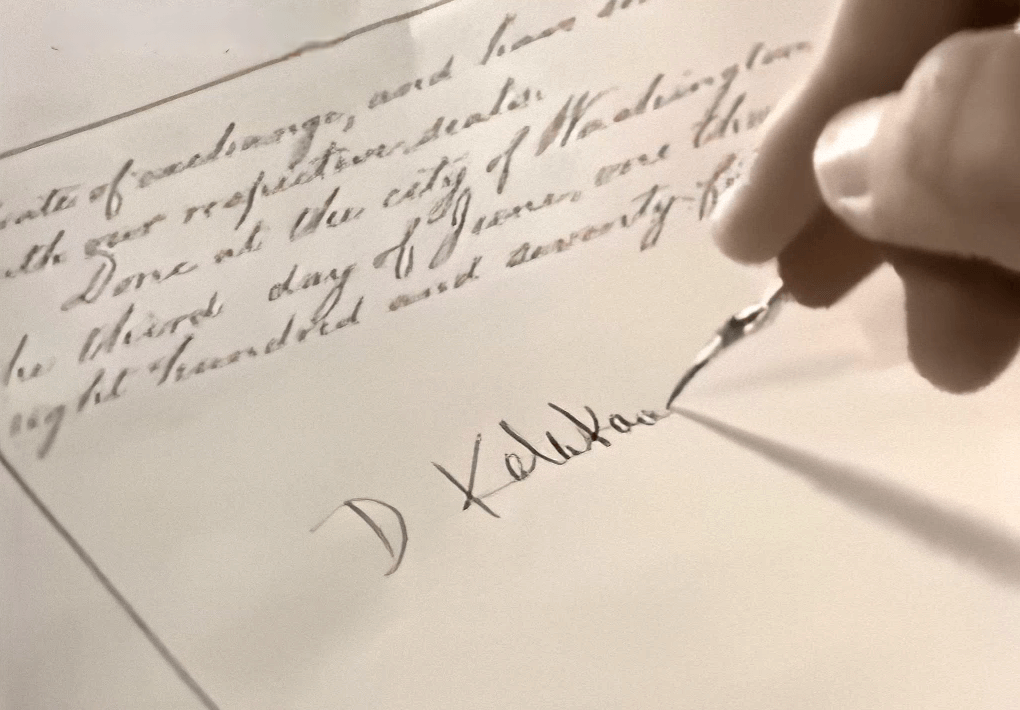
However, this greatly changed the fate of Hawaii.
American capitalists used the profits from exports to buy more and more land.
In just 15 years after the treaty was signed, Hawaii lost half of its land.
The capitalists were not only involved in Hawaii’s economy, but also in politics.
They won seats in the legislature and eventually became key members of the government.
At the same time, the U.S. government was sending military personnel to Hawaii to secretly inspect the area in order to establish a military base there.
They focused their attention on Pearl Harbor.
The report of the inspection team stated that “Pearl Harbor is deep enough for warships to dock and is of great value as a military port.
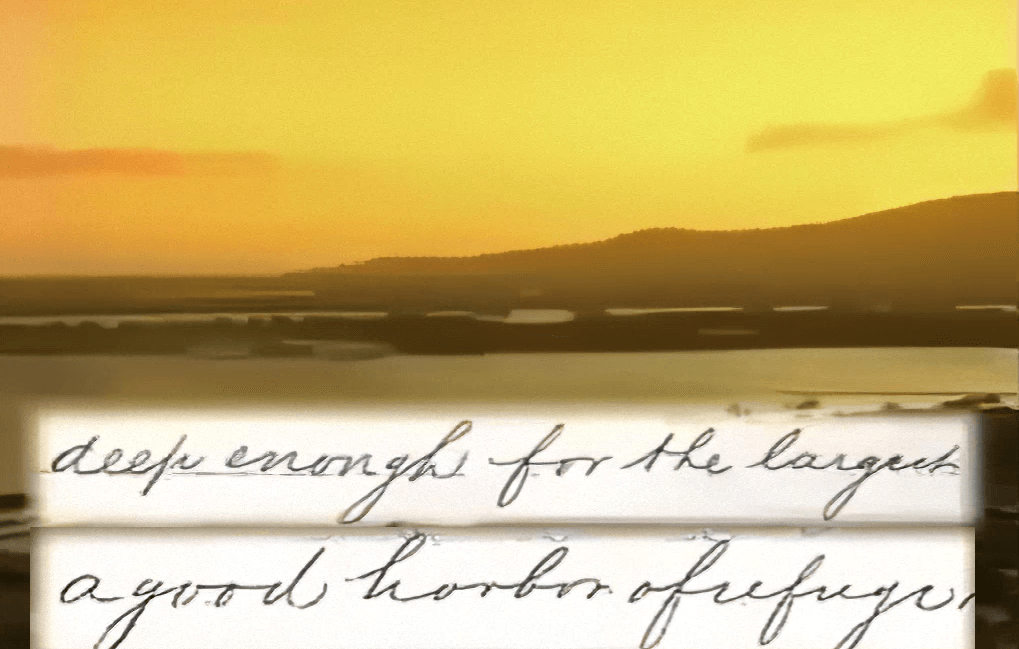
Starting with economics, then politics, and finally military, the U.S. government encroached on the sovereignty of the Kingdom of Hawaii.
It was here that Kalakaua finally realized America’s intentions.
The United States has ambitions to occupy our country and make it a stronghold in the Pacific.
On January 15, 1881, the Saturday Plus reported, “Hawaii should be a sovereign and respectable independent state.
However, Kalakaua alone was no longer able to stop the American advance.
Kalakaua turned his attention to Asia to find a solution.
This is because Asian countries, like Hawaii, were suffering from the advance of the Western powers.
In order to protect itself, Japan ended the era of the Samurai through a massive civil war and rushed to Westernize at all costs.
The Chronicles of Emperor Meiji of Japan states, “The Asian nations are suffering from deepening isolation while being dominated by the powers. In order to get out of this situation, it is necessary for all nations to unite and confront the West.
King Kalakaua then came up with the unprecedented concept of a Hawaii-Asia union.
To achieve this goal, Kalakaua took action.
In January 1881, Kalakaua proposed to Congress that he take a trip around the world.
The American members of Congress, unaware of the king’s true intentions, agreed.
On January 20, King Kalakaua left for his round-the-world trip.
However, the government required two Americans to accompany the king as his observers.
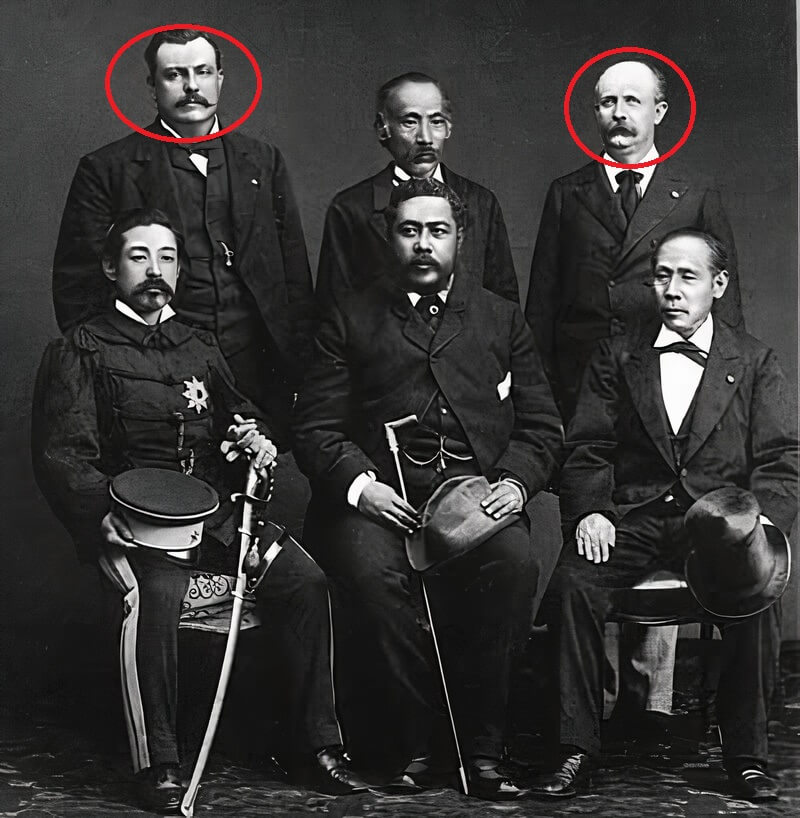
Kalakaua planned to visit ten countries, including the Qing, Hong Kong, Singapore, and India.
Many of these countries were in Asia, which was being invaded by Western powers.
The first of these destinations was Japan.
note
In the 19th century, the production of industrial products was increasing on the east coast of the United States.
The U.S. looked to the populous Qing Dynasty as a destination for exporting industrial products.
After expanding its influence in the Pacific, the U.S. thought it should expand into Asia.
Hawaii received the most attention at that time.
Hawaii was the most convenient land as a midway point between the west coast of the US and Asia.
In the 19th century, the production of industrial products was increasing on the east coast of the United States.
But Kalakaua’s mind was filled with anxiety.
“Will Japan really agree to my grand plan?
Would Japan even accept a guest from a country so far away from Japan?
On March 4, 1881, Kalakaua and his party arrived in Japan.
Kalakaua peered fearfully out the window of the ship.
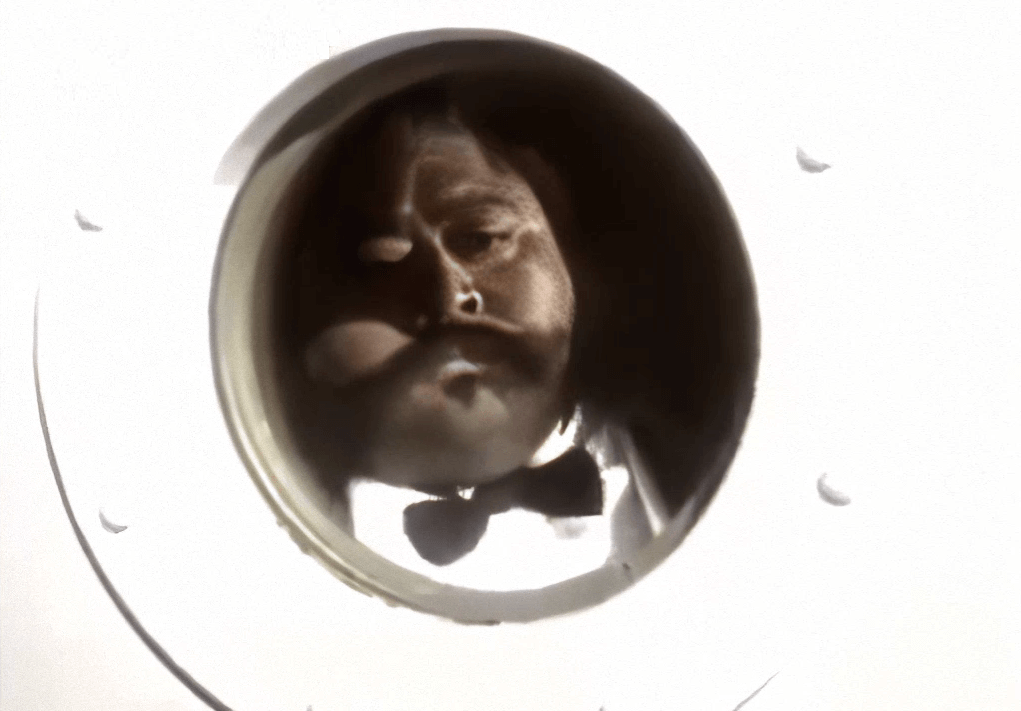
Then a familiar melody rang in his ears.
It was “Hawaii Ponoi,” the national anthem of Hawaii.
The Japanese government, which had never heard of the Hawaiian national anthem before, had hurriedly ordered the sheet music and prepared it to welcome the King.
Kalakaua has a diary in a museum in Hawaii that actually chronicles his journey.
His diary describes how he arrived in Japan.
“In the harbor people gave us a hearty cheers.”
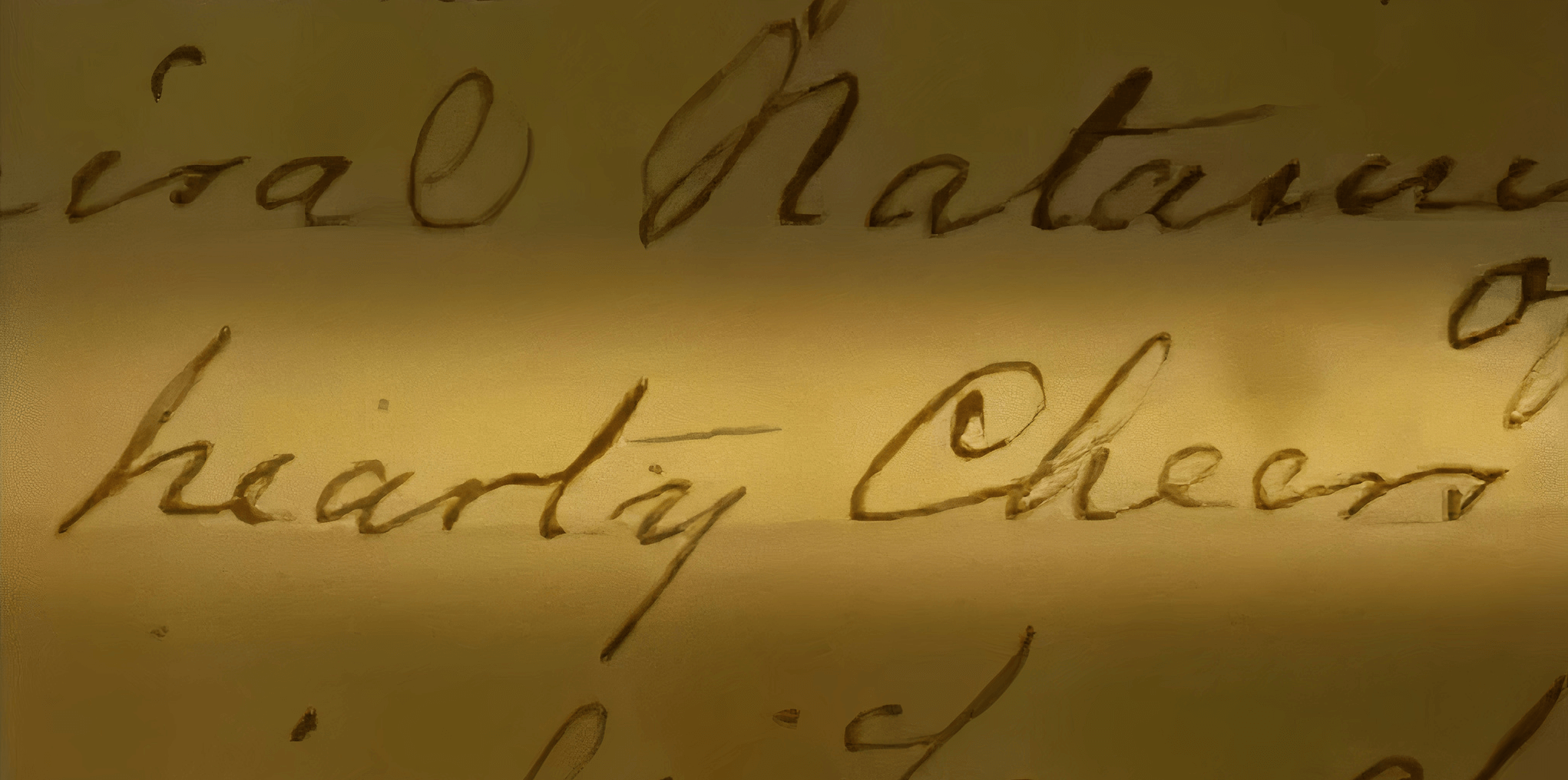 Kalakaua has been invited to elaborate ceremonies by Emperor Meiji every day.
Kalakaua has been invited to elaborate ceremonies by Emperor Meiji every day.Here too, Kalakaua was surprised by the meticulous consideration of the Japanese side.
In his diary, he writes:”On the table was a flower ornament shaped like the letters ALOHA. I couldn’t help but exclaim, “How beautiful!””
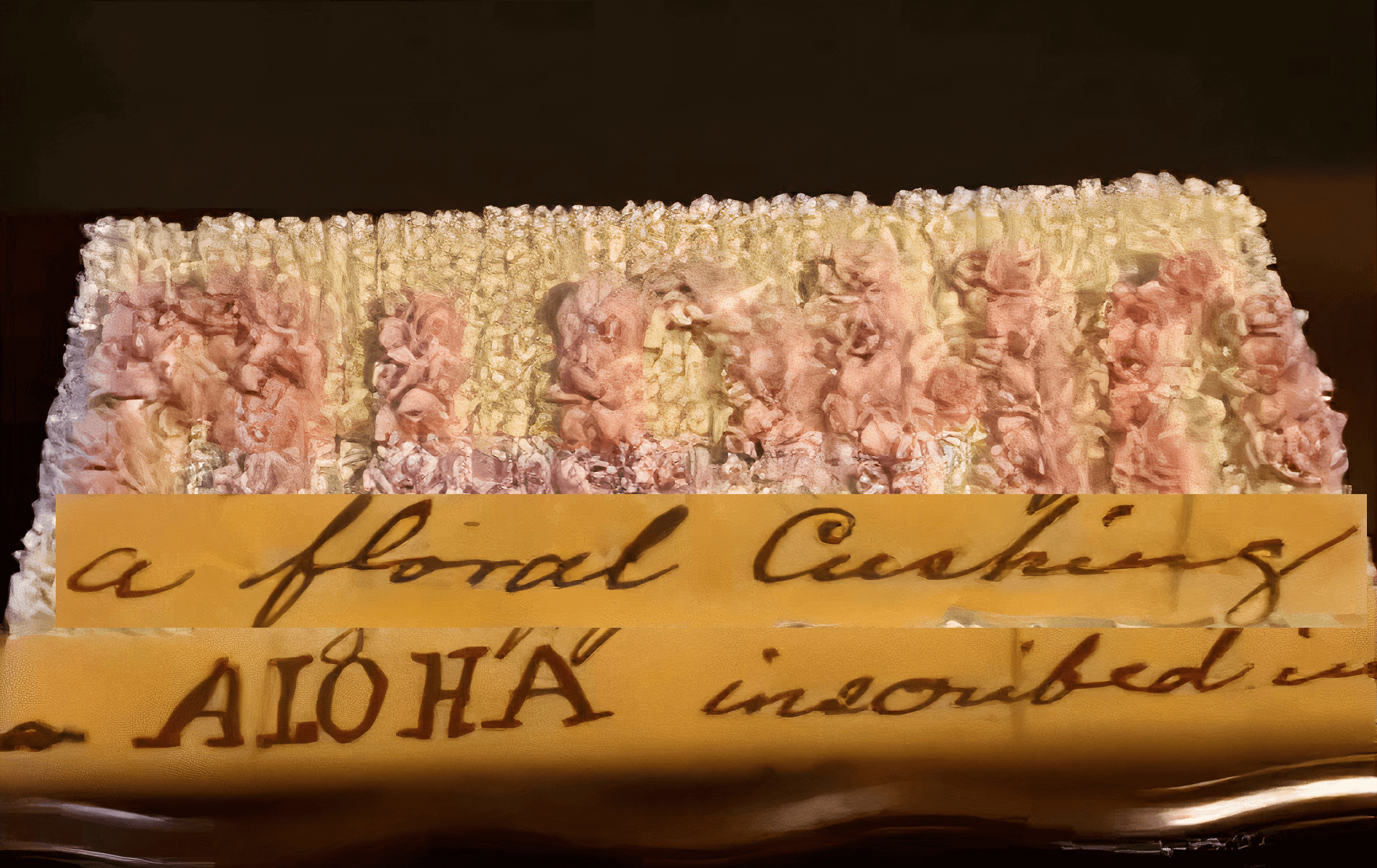
Foreign Minister Kaoru Inoue was in charge of Kalakaua’s reception in Japan.
After Perry’s arrival in Japan, Japan was forced to sign a series of unequal treaties with the Western powers.
It was Japan’s top priority to revise the treaties that deprived foreign residents of their right of justice and customs autonomy.
On March 8, four days after Kalakaua’s visit to Japan, Inoue invited Kalakaua to the army viewing ceremony in Hibiya.
The total number of soldiers lined up in front of him at that time was 10,000.
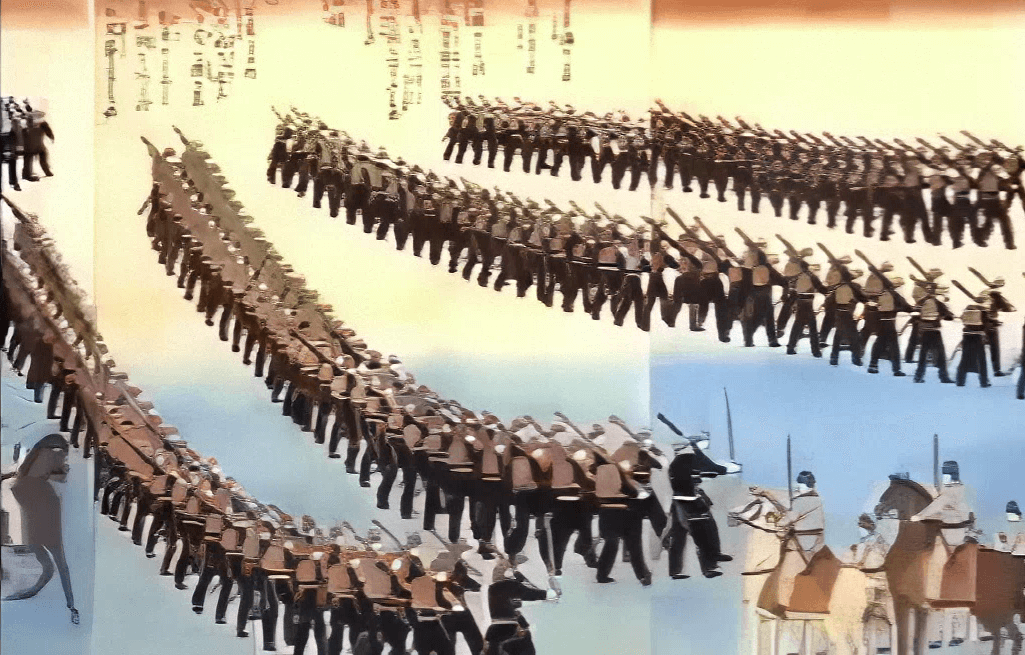
It was the first time Kalakaua, who had only 500 regular soldiers in Hawaii, had seen such a large group.
In his diary, Kalakaua wrote
It’s a great parade. Very orderly march, as accurate as a clock.”
Two days later, Inoue took Kalakaua to the weapons factory in Koishikawa, where he displayed the latest guns and even tested prototypes.
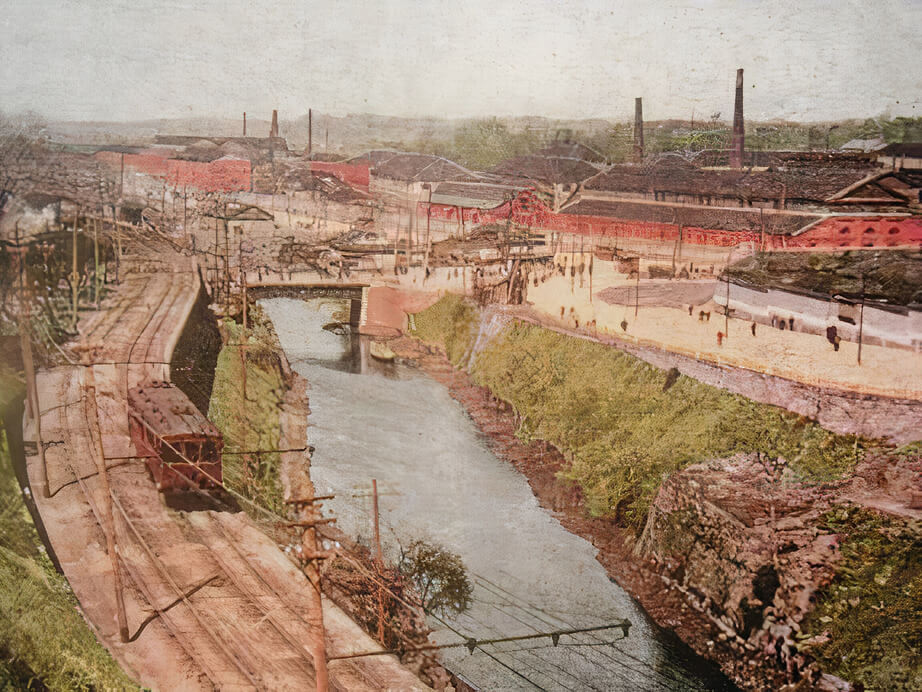
Kalakaua was impressed by Japan’s ability to produce sophisticated weapons at home.
“Japan’s latest guns have a low and accurate trajectory, similar to American guns.” “Japan’s progress is truly astonishing. If Japan is to form an Asian Union, its leader must be the Emperor” Kalakaua wrote in his diary.
Kalakaua desperately wanted Japan’s support for the coalition plan.
But it was very difficult for him to get around the eyes of two American attendants.
However, on March 11, the eighth day of Kalakaua’s stay in Japan, an incident occurred.
Kalakaua has disappeared from his residence.
The attendants were in an uproar.
One of his entourage, Armstrong wrote in his diary, “Something like a novel has happened” and “The king has disappeared somewhere.”
At that time, Kalakaua was heading to the Akasaka Palace with a chamberlain of the Emperor, who was working as an interpreter.
And he asked the Emperor for an interview alone.
And he asked to meet the Emperor alone.
Emperor Meiji met the Hawaiian Kingdom, who suddenly appeared alone, although he was suspicious.
In Japan, there is a secret meeting record between the Hawaiian Kingdom and Emperor Meiji.
Kalakaua began to tell the Emperor the truth about his visit, which no one had ever disclosed before.
“Now, Western powers are suffering Asian countries because of their selfishness. We need to form an Asian coalition to confront the great powers of the West.”
Kalakaua also explains the advantages of the Union for Japan.
“If this Asian Union is realized, it will be able to make the powerful countries accept the abolition of extraterritoriality.”
This is a dangerous offer that could make Japan an enemy of Western powers.
However, the Emperor listened seriously to Kalakaua’s complaint that he was suffering from the same situation as Japan.
“I want Hawaii to cooperate with Japan to form the Asian Union and have the Emperor become its leader.”
“Then I will support the Emperor and give him a lot of help.”
Kalakaua is a matter of the greatest respect, but it was not an immediate question for the Emperor.
So Kalakaua proposed one to the Emperor.
“I want you to take my niece, Princess Kaiulani,”
Kalakaua has offered to marry Hawaii’s heir to the throne, Princess Kaiulani, to a Japanese royal family.

First, his aim was for Hawaii and Japan to form a coalition.
Emperor Meiji finally opened his mouth and answered ‘I will answer after careful consideration.’
Foreign Minister Inoue Kaoru, who learned of the meeting between Kalakaua and the Emperor, gathered senior vassals of the Japanese government such as Ito Hirobumi and Iwakura Tomomi to discuss Japan’s response.
Japanese senior officials have indicated that the Hawaii-Asian alliance is too grand a project to be considered carefully.
However, she will positively consider an offer of marriage between the imperial family and Princess Kaiulani.
Whether the two countries form a coalition or not, they decided it was desirable to deepen their friendly relations.
In Kalakaua, the idea of a Hawaii-Asian alliance is suddenly becoming real.
But when Kalakaua returned from the Akasaka Palace, an American attendant asked him what he was doing today.
Then a Japanese interpreter revealed that Kalakaua was meeting with the Emperor.
American attendant Armstrong grew distrustful of Kalakaua in his writings.
“If he makes a mistake, it could develop into an international problem. We were harassed by this betrayal.”
Since then, the surveillance of Kalakaua has intensified and the period of stay has expired without taking any action.
Asian Independence Movement and Kalakaua’s Return to Hawaii
 On March 22, 11 days after his meeting with the Emperor, Kalakaua left Japan without a response from Japan.
On March 22, 11 days after his meeting with the Emperor, Kalakaua left Japan without a response from Japan.But for the realization of the Asian Union, Kalakaua continued the journey of negotiations.
His next destination was Qing called Sleeping Lion.
Kalakaua had high expectations for Qing, which was suffering from severe invasion by Western powers.
Kalakaua wants to meet the most powerful Empress Dowager Cixi.
However, Armstrong, an American who accompanied Kalakaua, was strongly opposed, and the meeting was not realized.
Nevertheless, Kalakaua continued to visit Hong Kong, Singapore, India and other Asian countries in an attempt to get a hold of the negotiations.
But Armstrong and his team continued to interfere with Kalakaua’s actions.
On October 29, nine months after his departure, Kalakaua returned to Hawaii.
At that time, there was a movement among the people of Asian countries to resist the invasion of Europe and America.
In India, an independence movement was spreading, claiming unjust British rule.
In Sumatra, farmers were fighting a fierce guerrilla war against the Dutch invasion.
In Japan, too, in response to Kalakaua’s proposal, voices calling for solidarity with Asia and resistance to Western powers were growing.
Japanese newspapers at that time said, “Now is the time to protect Japan from Western pressure by joining forces with all of Asia.”
In the midst of all this activity in Asia, Kalakaua said:”I will continue to wait for foreign aid to protect Hawaii.”
Response of the Emperor and the Japanese government
Emperor Meiji’s reply arrived in Kalakaua on March 22, 1882.It’s a letter Kalakaua has been waiting for a year since the meeting with Emperor Meiji.
Emperor Meiji’s letter to Kalakaua is at the Honolulu Archives in Hawaii.
This is a long letter of 14 pages.
“It is certainly an urgent task for the Oriental countries to cooperate with each other and confront Western powers. But this problem is so far-reaching it is far from easy. I think it is impossible to realize this plan at this stage.”
Emperor Meiji politely turned down Kalakaua’s offer.
In fact, Foreign Minister Kaoru Inoue has not made a decision for eight months since he accepted Kalakaua’s offer.
But things suddenly changed.
European countries, including the United Kingdom, which had never accepted negotiations to revise the treaty, told Japan that they could negotiate to revise the treaty.
The United States had already informed Japan that it would accept the revision of the treaty if European countries would abolish it.
Inoue thought, “Now we can revise the treaty with other countries.” “Accepting Hawaii’s proposal would hurt the image of the Western powers.”
He decided to reject Kalakaua’s offer.
Yet Kalakaua continued her lonely struggle.
On May 20, two months after the Emperor’s reply, Kalakaua reshuffled his cabinet and appointed the royal faction as prime minister and finance minister to counter American forces.
But on July 7, 1887, American forces stripped the king of his right to parliament by threatening to use force.
Kalakaua has lost its political clout.
Kalakaua eventually fell ill on January 20, 1891, ending his life of 54 years.
King Kalakaua’s state of mind
Kalakaua probably had hope for an alliance with Japan.This is evidenced by Kalakaua’s proposal to marry Princess Kaiulani.
Princess Kaiulani was one of Kalakaua’s favorite relatives and was highly supported by the Hawaiian people.
The king’s suggestion that she be allowed to marry into Japan is proof that Kalakaua had considerable determination.
It is believed that Kalakaua was very disappointed when it was rejected.
The close relationship between Japan and the Kingdom of Hawaii
Emperor Meiji declined King Kalakaua’s offer of a Japan-Hawaii union.However, Kalakaua had also asked the Emperor to allow Japanese immigrants to settle in Hawaii.
In 1885, 25,000 Japanese immigrants moved to Hawaii based on the agreement of both Hawaii and Japan.
The Kingdom of Hawaii ceased to exist, but by 1922, 42% of Hawaii’s population was of Japanese descent.
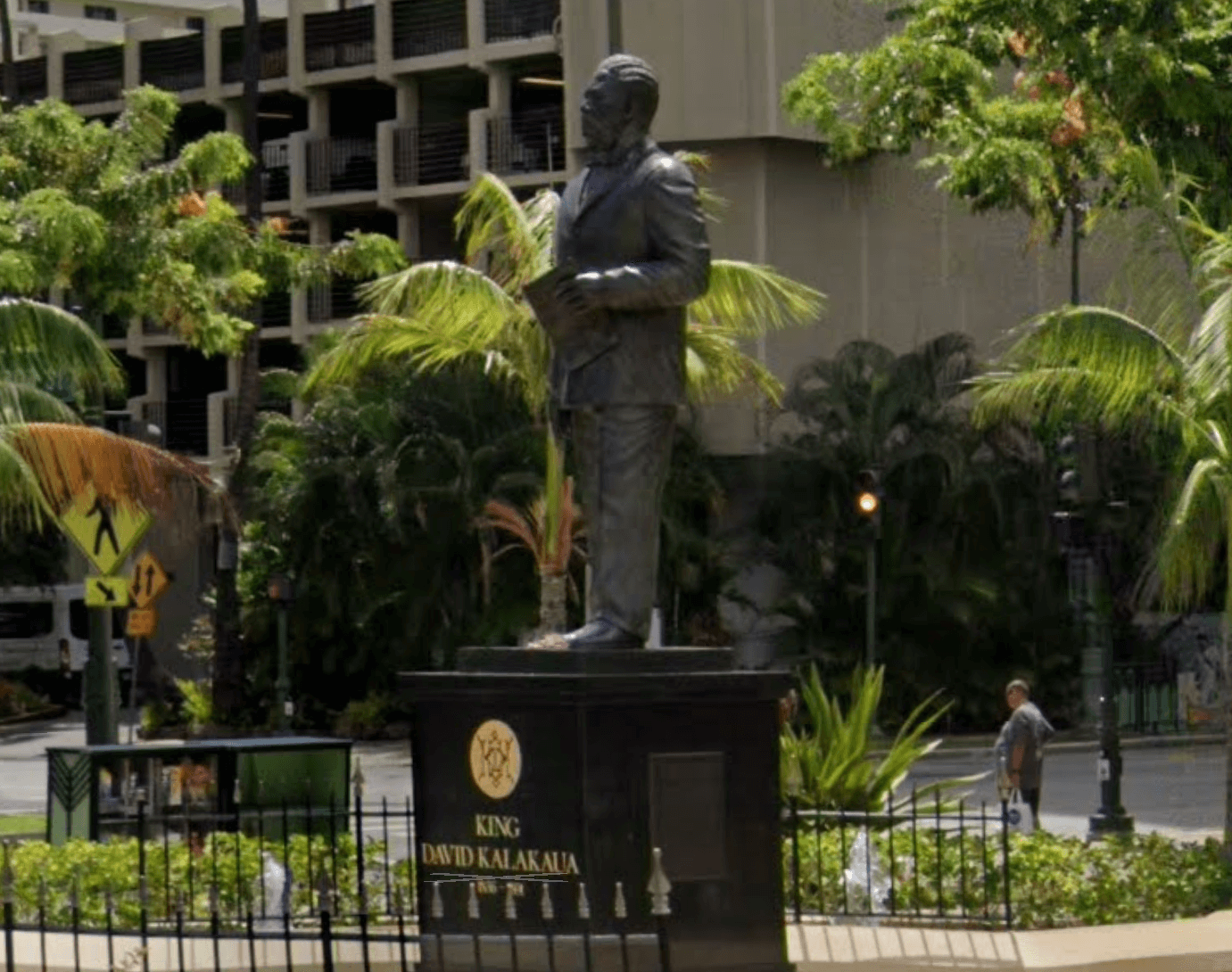 In 1985, he erected a statue of Kalakaua in Waikiki to commemorate 100 years of Japanese immigration.
In 1985, he erected a statue of Kalakaua in Waikiki to commemorate 100 years of Japanese immigration.What he has in his hand is a contract regarding immigration with Emperor Meiji.
Japan resisted the U.S. annexation of Hawaii.
In January 1893, Americans staged a coup when Queen Liliuokalani of the Kingdom of Hawaii sought to overturn an unequal treaty with the United States.The United States dispatched the battleship Boston to Honolulu.
The Japanese government has dispatched two cruisers to Hawaii, the Naniwa and Kongo, to protect Japanese nationals.
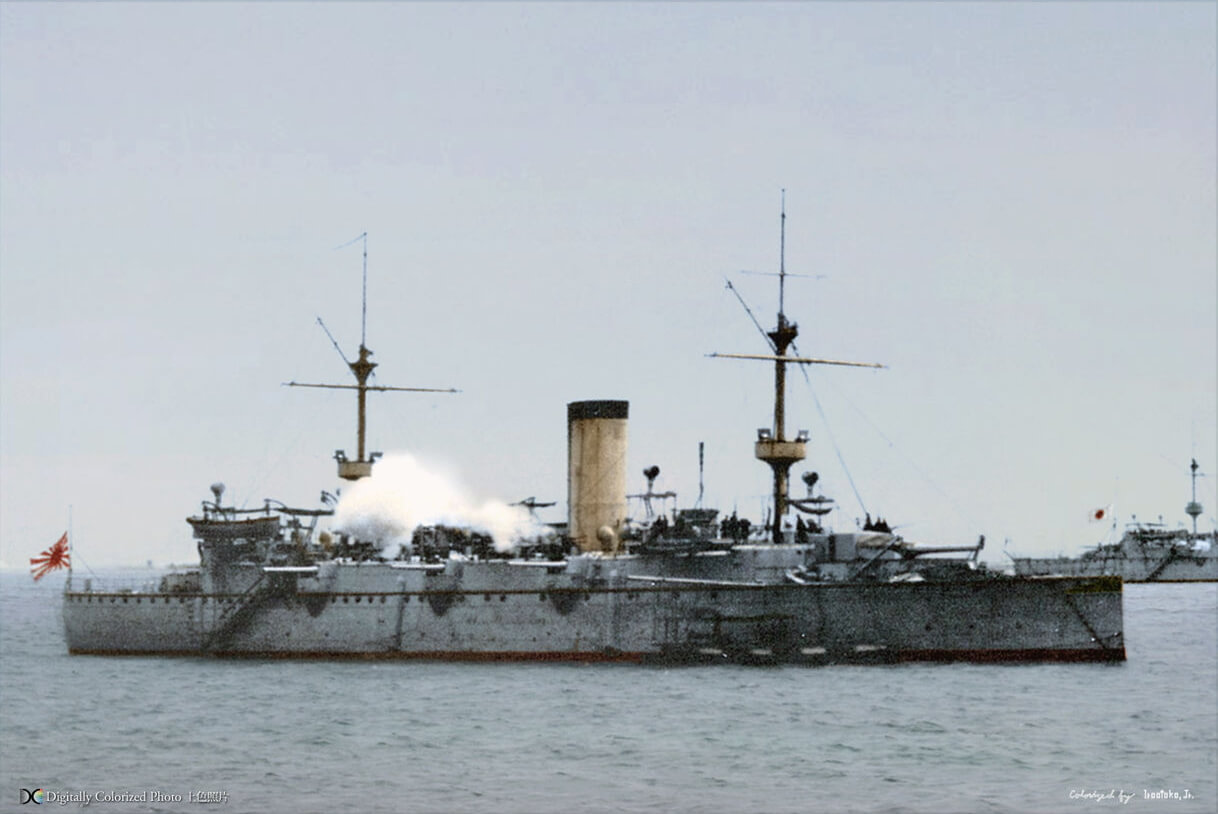
The captain of “Naniwa” is Togo Heihachiro. He is a world-famous admiral who commanded the Battle of Tsushima in the Russo-Japanese War in 1905.
The IJN, led by Togo, anchored at Honolulu Naval Port on either side of the USN Battleship Boston to threaten the coup force.
Native Hawaiians who supported Queen Liliuokalani wept and rejoiced.
The Japanese living in Hawaii were also sympathetic to the Queen’s supporters.
The cruiser Naniwa stayed in Hawaii for three months before returning once and reappearing a year later.
At that time, the President of the Republic of Hawaii asked the Japanese Navy for a salute for the “First Anniversary,” but Admiral Togo refused.
And the warships of Honolulu naval port also followed Togo.
Newspapers from around the world saw this and reported, “ended in a day of silence like the mourning of the Hawaiian dynasty”
The United States continued to advance its Pacific strategy, and the Philippines and Guam were invaded by the United States in 1898.
On August 12 of the same year, Hawaii finally annexed to the United States.
Thus Hawaii was swallowed up by America’s Pacific strategy.
